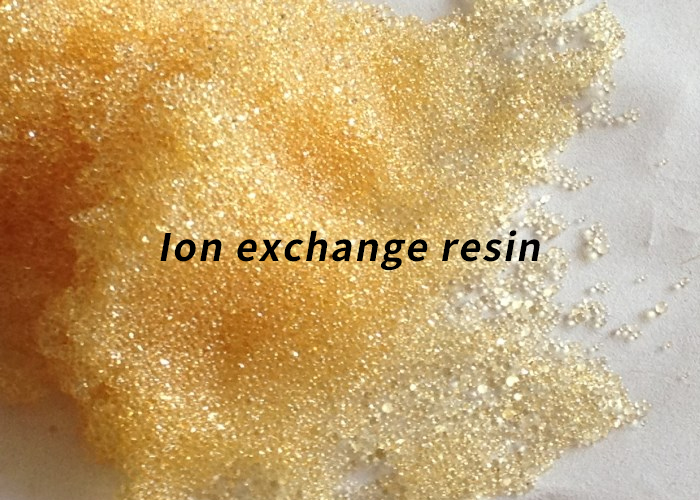High-Performance Ion Exchange Resin Enhances Water Treatment Efficiency for Industrial Client
A leading chemical processing plant in confronted a challenge in its effluent treatment operations. The plant discharges large volumes of wastewater containing trace metals and ionic contaminants. Traditional treatment systems were struggling to meet the increasingly stringent discharge standards. To meet its regulatory obligations, the company partnered with our team to design and deploy a custom ion exchange system built around advanced resin technology.
Customer Challenge & Objectives
The client needed an ion exchange unit capable of reliably reducing residual heavy metal ions (such as copper, zinc, iron) and nitrate levels, even when feedwater conditions fluctuated in pH, temperature, and ionic strength. The key requirements were: (1) high throughput, (2) consistent removal performance even under tough water chemistry, (3) long resin life under cyclic loading, and (4) minimal downtime for regeneration.
Solution & Implementation
We selected a premium-grade strong acid cation resin coupled with a chelating-type weak acid resin in series. These ion exchange resins were supplied by our in-house network of trusted ion exchange resin suppliers, ensuring full quality traceability. The system incorporated optimized resin bed design, flow distribution internals, and an automated regeneration cycle. We provided extended training and monitoring support, emphasizing the ion exchange resin performance characteristics such as capacity retention, kinetic response, and durability under repeated cycles.
During commissioning, pilot testing demonstrated robust performance under various feed water conditions. We tested across a range of flow rates, salt loadings, and temperature swings, confirming that the ion exchange resin applications in this plant’s context could reliably maintain residual ion concentrations below regulatory thresholds. Over a six-month run, the system’s deionization efficiency remained stable, and the resins retained over 95 % of original capacity.
Results & Benefits
The new ion exchange installation reduced metal ion levels by 98 %, and nitrate by 92 %, ensuring compliance even under peak load periods.
Downtime for regeneration was cut by 30 % compared to the legacy system, thanks to the resin’s rapid kinetics and stable ion exchange resin performance characteristics.
Over the first year, the client saw a 20 % reduction in chemical regenerant consumption, and a 12 % drop in energy use associated with pumping and flow control.
The client also appreciated the long operational life—resin capacity decay was minimal—validating our choice of ion exchange resin applications tuned to their water chemistry.
The strong partnership with our ion exchange resin suppliers ensured smooth logistics, spare parts provision, and technical backup.
Future Outlook & Expansion
Buoyed by this success, the client plans to expand the system to additional effluent streams later this year. We are exploring advanced mixed-bed configurations and novel resin blends to further improve ionic separation in more challenging feed waters. This case reinforces the value of carefully matching ion exchange resin performance characteristics to real-world process demands, and how close cooperation with experienced ion exchange resin suppliers can deliver robust, scalable solutions.
In summary, by deploying a custom ion exchange resin solution, the chemical plant achieved compliance, improved efficiency, and reduced operating costs. This case underscores the transformative potential of ion exchange resin applications when tailored and engineered for demanding industrial waters.